The wonderful world of medieval seals and seal matrices is explored through the collection at York Museums Trust
Seals were a common part of everyday life of Medieval England. They were used by a variety of social classes to authenticate documents such as land agreements, business exchanges, official court documents or charters, which needed a proof of identity or a royal seal of approval. They could also simply be used to keep a document or letter sealed or closed.
Therefore owners of businesses, merchants, farmers, members of the clergy, government officials and kings all used seals, which they would imprint using their own unique seal matrix.
more like this
The seal matrix was used for making an impression on the wax seal and, according to the Portable Antiquities Scheme whose database of archaeological finds made by the public is filled with numerous examples of them, the term ‘matrix’ (from the Latin ‘mater’ meaning mother) derives from their design which is cut into the surface.
As most were made individually, by everyone from goldsmiths to tinsmiths (who turned them out in their thousands), their quality and importance varied, but the standard method of manufacture was engraving.
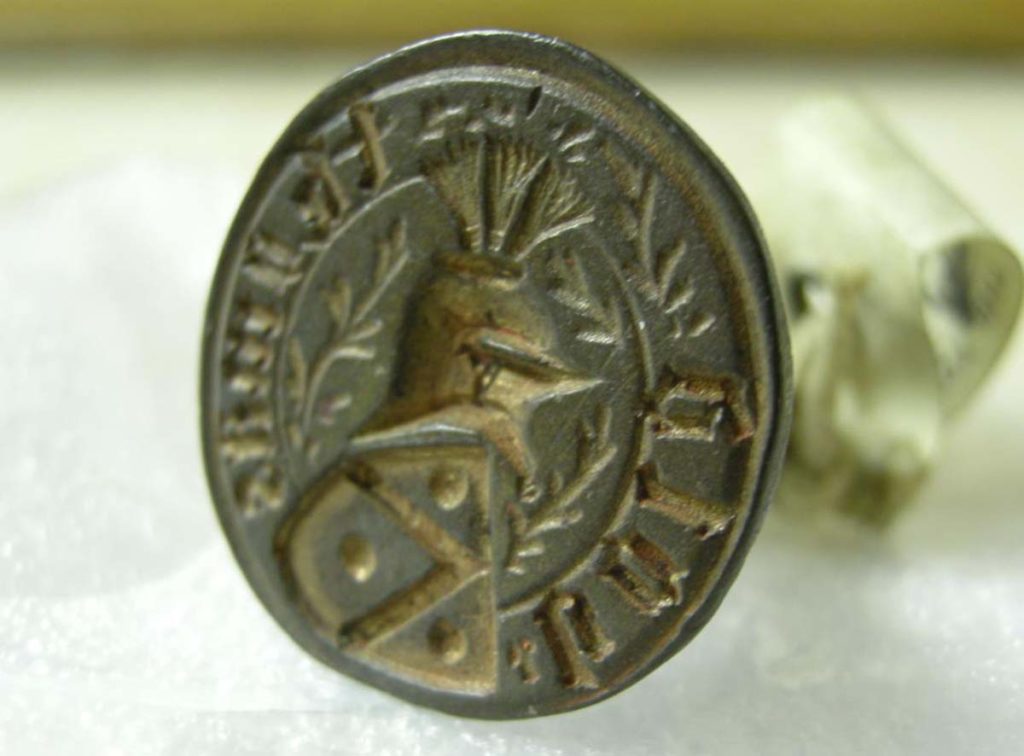
Copper Alloy seal matrix. Round with pierced conicle handle. An armorial seal of Thomas Bolde. Courtesy York Museums Trust.
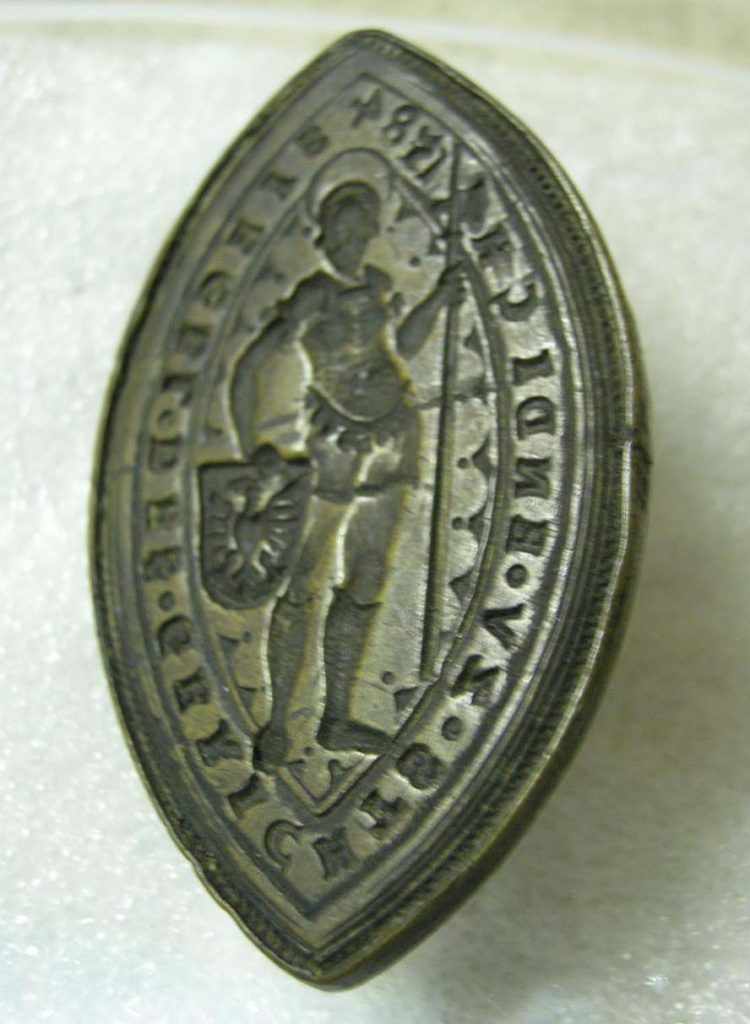
Copper Alloy seal matrix. Oval with a knight bearing a shield with a spread eagle on it. Inscribed with GERICHTS ZU ENDICH 1584. Courtesy York Museums Trust.
The earliest seal matrices seem to date from the early-medieval period, but these are rare and most examples date to the 13th and 14th centuries. They were still widespread in the fifteenth century after which their everyday use slowly declined, although they were still used for official documents and in ecclesiastical and court settings up to the 19th or even 20th centuries. In some monasteries and cathedrals the same seal matrix was used for centuries.
In the York Museums Trust Collection you will find examples of a range of matrices and seals, from early medieval, through ecclesiastical or canonical to later examples that date to the seventeenth century.
One of the most illustrative is a very rare early medieval matrix fashioned from ivory that belonged to the tax collector Snarrus. Matrices with names mainly date to the 13th century, which may give a clue to the era of Snarrus who is inventively depicted on his personal matrix wearing a long tunic and holding a large stylised coin bag, above which hovers a three ring-and-dot motif that may be interpreted as coins.
Another clue to his origin comes from his name. Snarrus is the Latinised form of the Scandinavian name Snare or Snorri, which is known both as a forename and a nickname, meaning “shrewd”. As well as giving us an insight into the burgeoning trade of the early medieval town it also nods intriguingly to York’s Viking heritage and the name appears in York from the time of the Domesday Book (1086).

Round seal of arms, incorporating three fleur de lys on a shield and much text on a banner. S. RICALT. VAN. DER. RIVERENALS. HEER 1500 – 1599. Courtesy York Museums Trust.
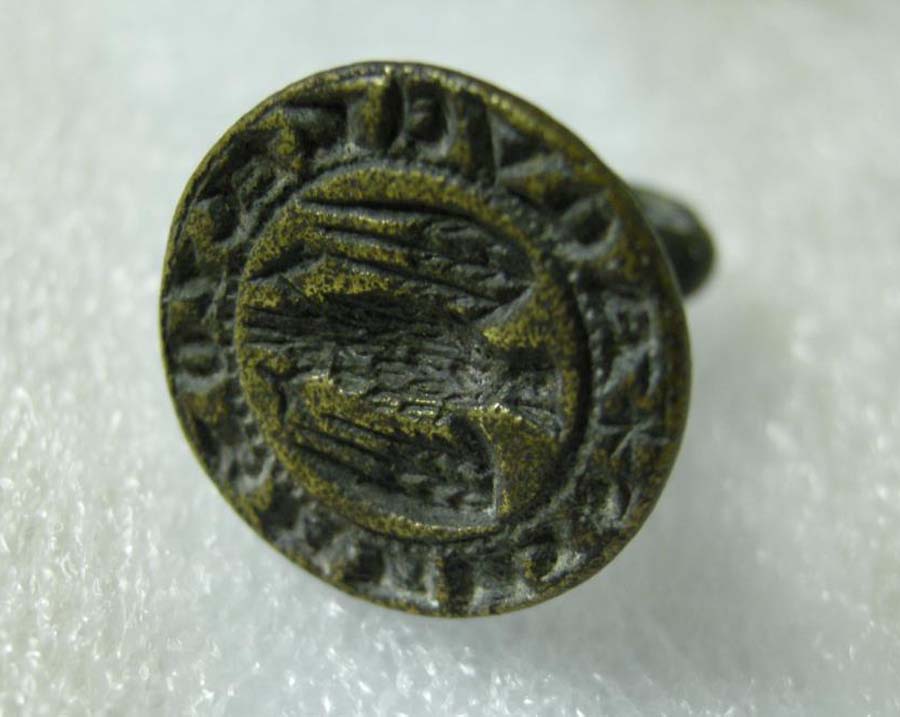
Copper Alloy seal matrix. Small seal with a spread eagle. Inscribed ‘AQUILA JOHANNIS’. Pierced conical handle. Courtesy York Museums Trust.
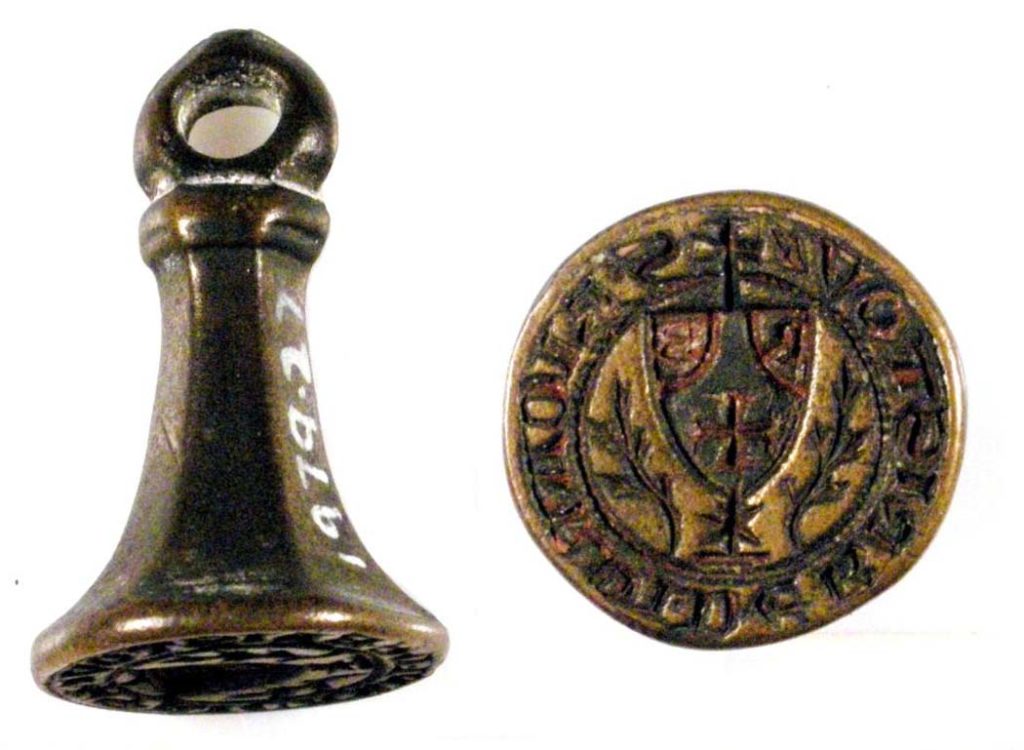
Copper alloy conical handled seal matrix with simple ring terminal. Central shield with Maltese cross and two other devices, surrounded by foliage. Latin inscription around. Courtesy York Museums Trust.
The collection also includes examples of the two classic types of matrix; the pointed oval or vesica-shaped seal matrix which was popular with noble women and ecclesiastics, and the circular seal matrix with handle, which was a style popular with royalty, the aristocracy and government institutions throughout the medieval period.
A large oval monastic seal, made of copper and alloy, in the York collection is recorded as being dredged from the river Foss near Layerthorpe bridge in 1884. Inscribed SIGILL. CAPITULI SCI. JOHANNIS DE MOLSEBI, its centre carries an image of a religious figure carrying a pastoral staff and a book. Molseby near Easingwold was the site of a house of cannons.
Another later medieval copper alloy matrix, which also follows the oval pattern, is inscribed with GERICHTS ZU ENDICH 1584 and bears the image of a knight with a shield emblazoned with a spread eagle design.
The collection also includes seal impressions in wax, which were directly attached to their documents via small strips of parchment. One example carries an intriguing tag dated 1672 attributing it to the landowner Sir Richard Tempest of Bracewell. The most famous person to carry this name and title was a Yorkshire Tudor landowner and Knight of Henry VIII who fell foul of the fiery monarch and died in the Fleet Prison 1537.
There is however another Sir Richard Tempest who would align more closely to the date and who is reported to have commanded Royalist cavalry in the North during the English Civil War, an experience (if this seal is his), that he presumably survived. But whatever its provenance it’s safe to say Tempest’s matrix was used to seal documents during some very turbulent times.

A wax seal with parchment attachment, which once belonged to Sir Richard Tempest of Bracewell, c. 1672. Courtesy York Museums Trust.
Explore the York Museums Trust Collections at www.yorkmuseumstrust.org.uk/collections
Images used under Attribution-ShareAlike 4.0 International (CC BY-SA 4.0)


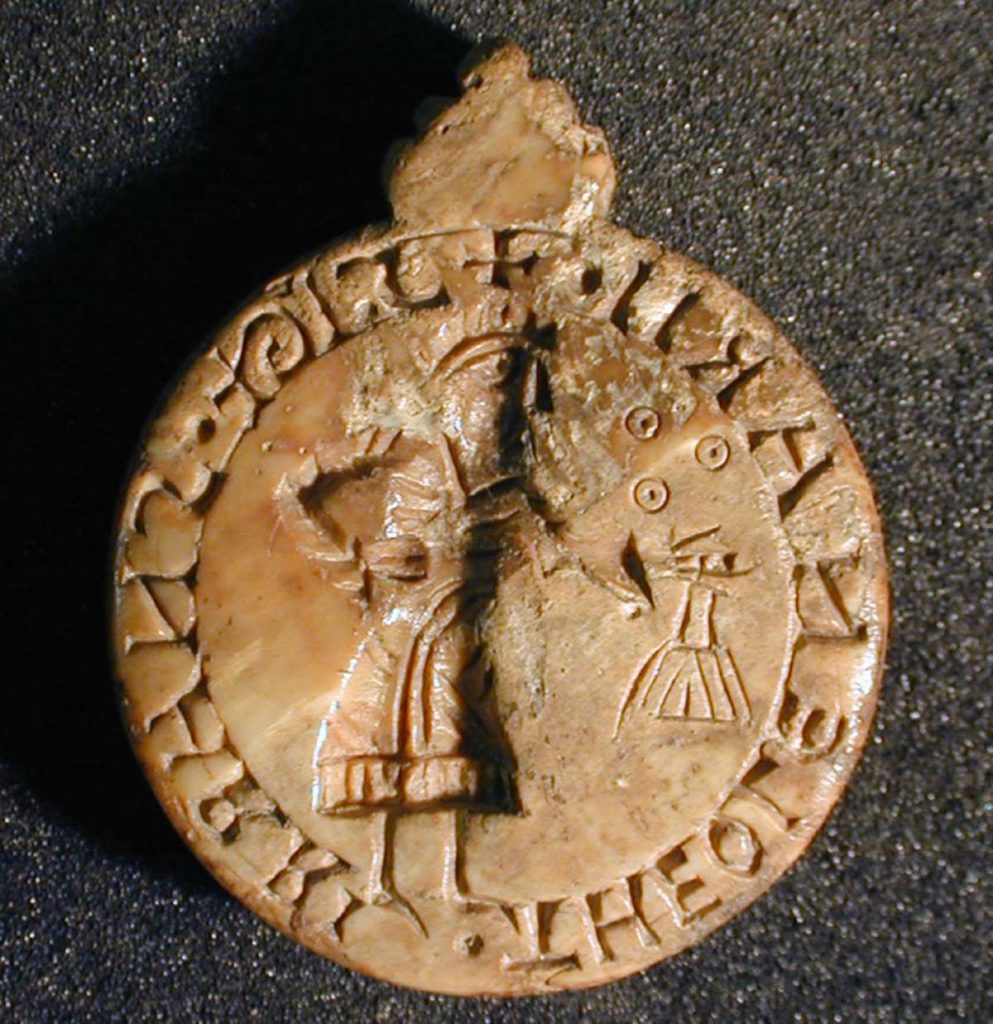



The red seal looks like the Bristol coat of arms